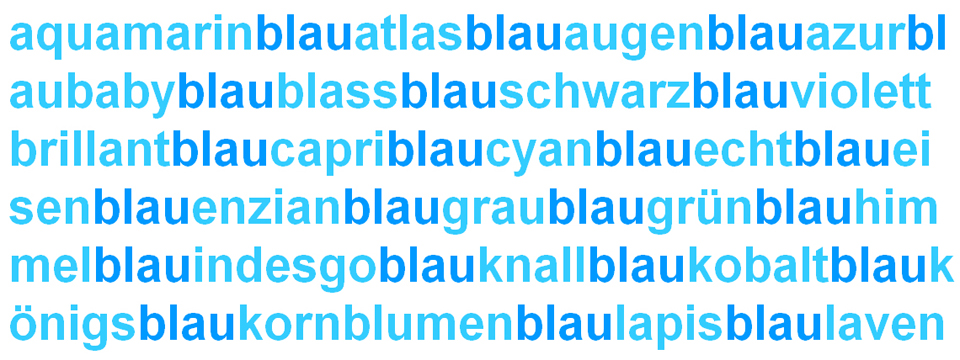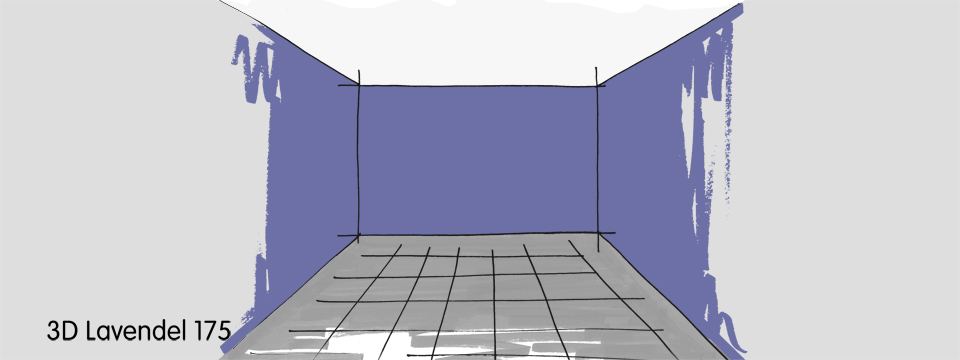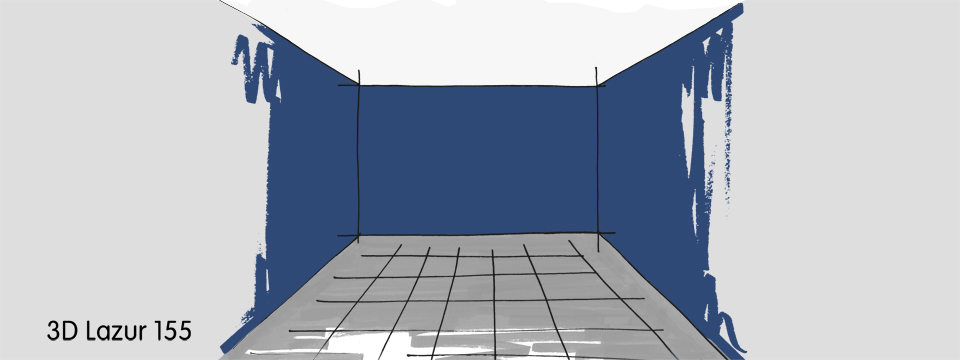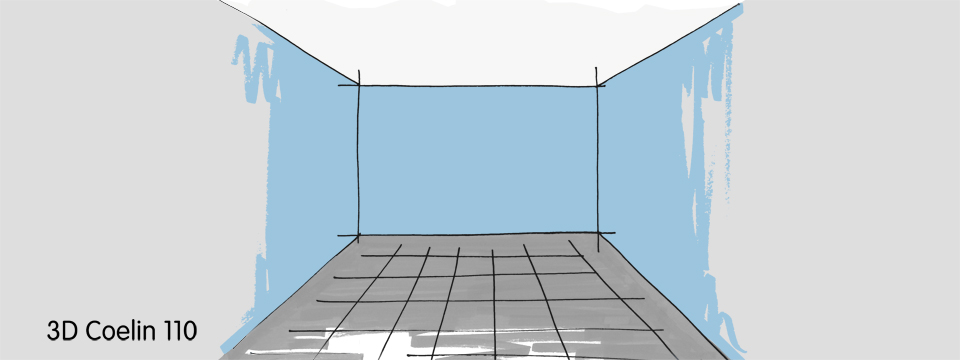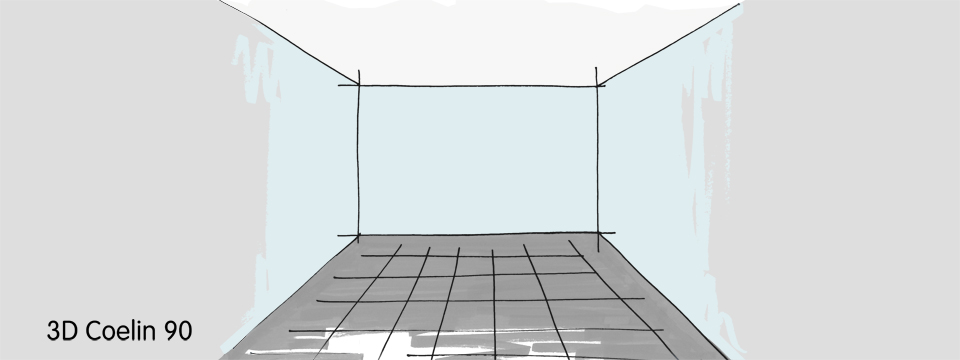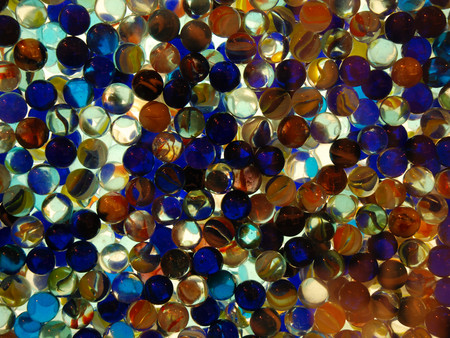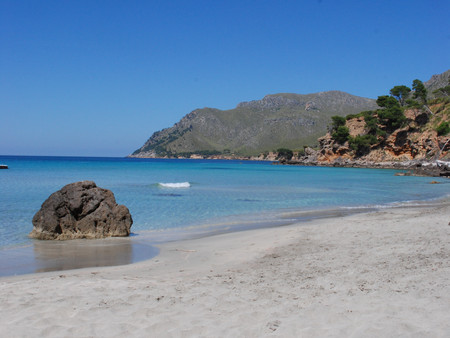May I introduce? Blue, vibrant blue.
A profile of me
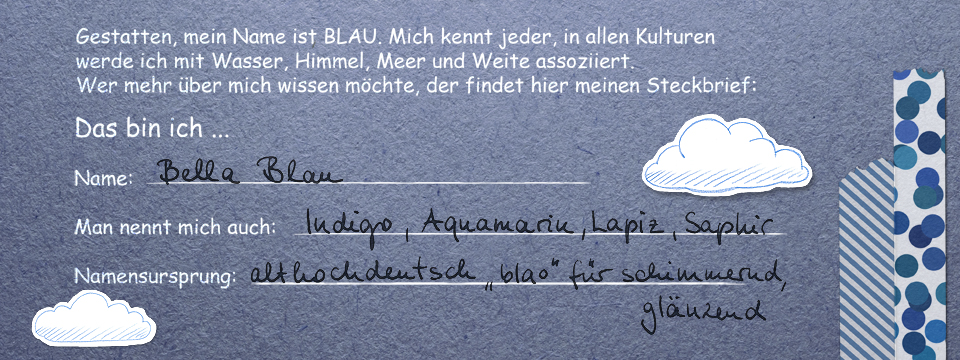
Blue in Physics
Isaac Newton separated light into its components and found my wavelength. The blue range in the coloured light spectrum is between 434.2 nm (blue) and 397.1 nm (ultraviolet)
Blue in Biology
A cone is a type of light-sensitive cells in the retina of the eye. S-cones (short wavelengths) cover the blue range (at around 420 nanometres) of the visible colour spectrum. The small cones responsible for the perception of emerald green light are relatively new. They came into being relatively late in our evolutionary history, as they did not seem to have had much relevance for our survival before.
Interview with the said person
My friend! When it dawns around my eyes, and the world around me and heaven rests in my soul like the figure of a, well, what could it be?
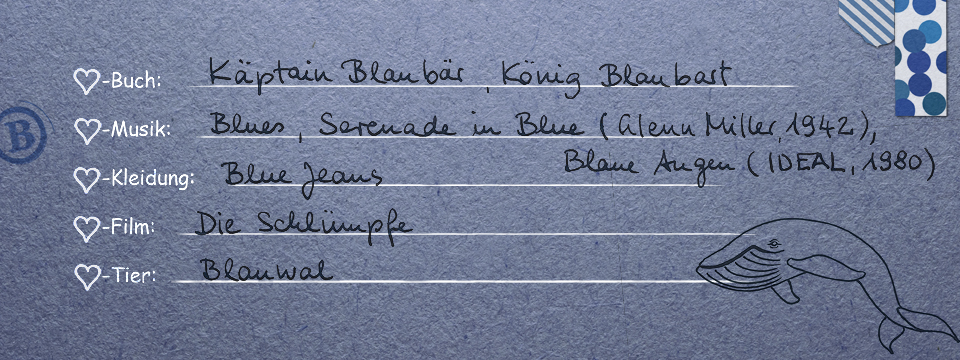
Blue is the Germans' favourite colour. This explains why 33% of the logos of TOP-100 companies include blue - this makes sense, because the colour has an impact of 60-80% on the purchase decision...
I also create atmosphere, e.g. in the artworks of famous painters like Monet.
And who would have thought that BLUE was still the girl's colour in the 19th century.
In many cultures, blue has a great symbolic power. Our Lady Mary with the blue mantle stands for calmness, inwardness, fidelity, and tradition. However, in the different cultures the colour is also charged with very different associations.
- In the Orient, it is the colour of spirits and gods that are in the sky or on high mountains beyond the clouds.
- In ancient Egypt, by contrast, dark blue was the colour of water and the Nile deities. The Pharaoh's blue helmet documents his direct ancestry to the Gods of Heaven.
- China's blue also stands for the powers of heaven and immortality.
- In India, a blue-painted elephant is considered a sign of supreme spiritualisation and divine enlightenment.
Effect and Symbolism
Most people perceive the colour blue as cool. The blue shadows in sunlit ice and snow create a feeling of cold, especially in ice blue. Against the warm colours with a high proportion of red, blue belongs to the cold colours. Due to the blue of the sky and its reflection on the water, blue in literature and graphics stands for distance, longing and also clarity.
Because of the seemingly "endless" expansion of the blue firmament and its durability, we associate blue with harmony, sympathy and satisfaction. As a result, blue is said to have an emotionally balancing, calming and moderating effect.
Many people associate light blue with loyalty, harmony, longing as well as satisfaction. In contrast, however, the colour in English serves as a synonym for melancholy and mourning, e.g. "to feel blue". The name of blues music comes from this conceptual context: as a description of its sound and its themes. Even in German it is well-known what it means to have the "blues".
Blue and green are not everywhere as distinguished as in our cultural sphere, although the borderline case, turquoise, is also in the German-speaking region in its classification dependent on individual sentiments. Blue allegedly promotes concentration and keeps you awake.

